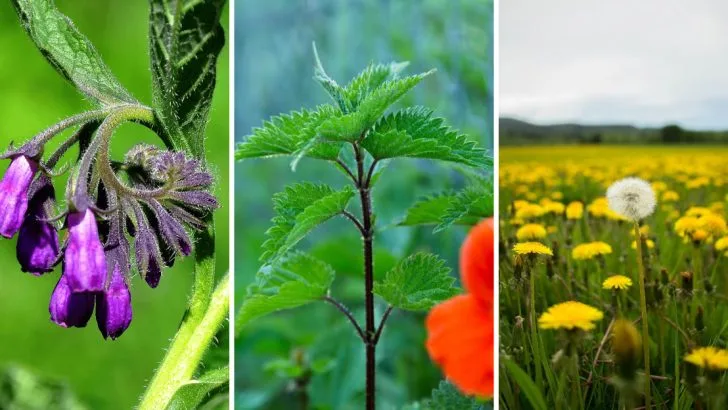Soil damage can be a real challenge, especially if you’ve noticed areas that just aren’t thriving like they used to. The good news is, nature has a way of healing itself, and certain wild plants can help restore soil health in ways that might seem almost magical. These plants have natural abilities to improve soil structure, enrich it with nutrients, and encourage healthier microbial life, making them perfect for any garden in need of a little rejuvenation.
From deep-rooted species that break up compacted soil to nitrogen-fixing plants that enrich the earth, these wild plants offer a simple yet effective solution for damaged or depleted soil. Not only do they improve the soil, but many of them are also low-maintenance and can thrive in tough conditions. If you’re looking for a natural, no-fuss way to bring your soil back to life, these wild plants might just be the perfect answer.
Comfrey
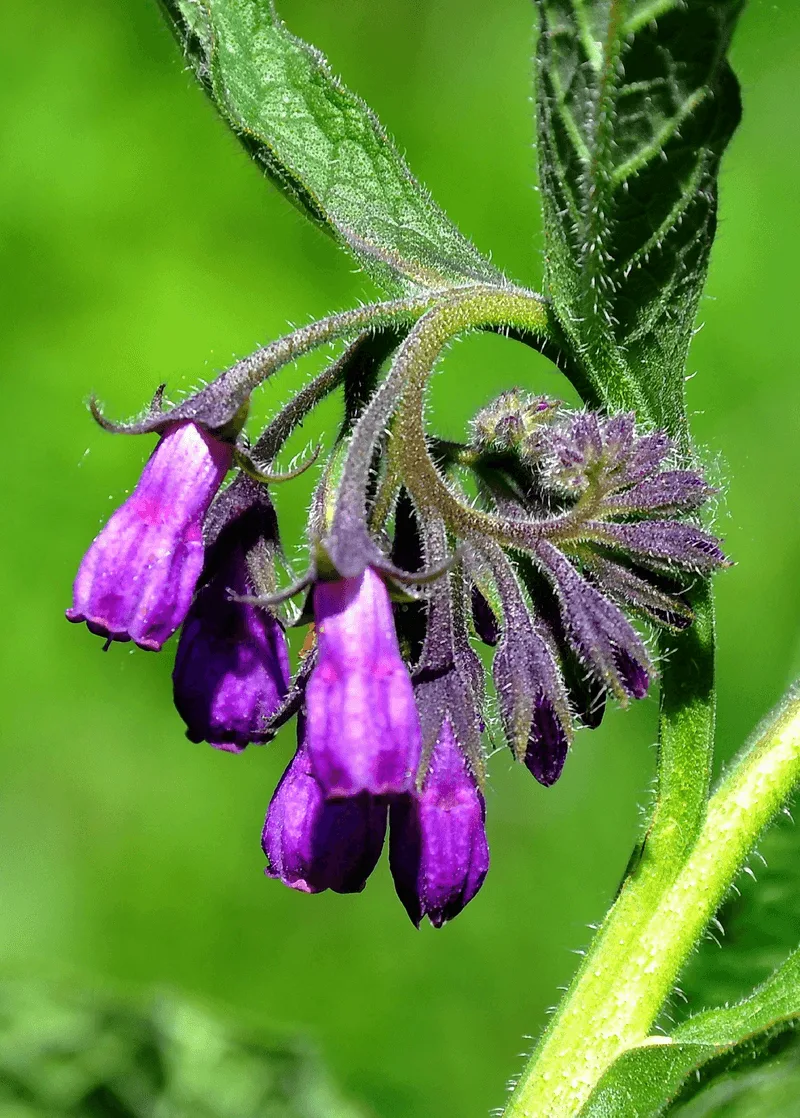
Comfrey is often dubbed the gardener’s best ally. Its deep roots mine nutrients from the soil, bringing them to the surface and enriching the topsoil. The large, hairy leaves are rich in nitrogen, phosphorus, and potassium, making an excellent mulch when they decompose. This plant not only nourishes the soil but also attracts pollinators with its beautiful purple flowers.
Imagine a garden where comfrey stands tall, offering its gifts to the earth. Its ability to break up compacted soil is another reason gardeners adore it. Truly, comfrey transforms barren grounds into fertile spaces.
Nettle
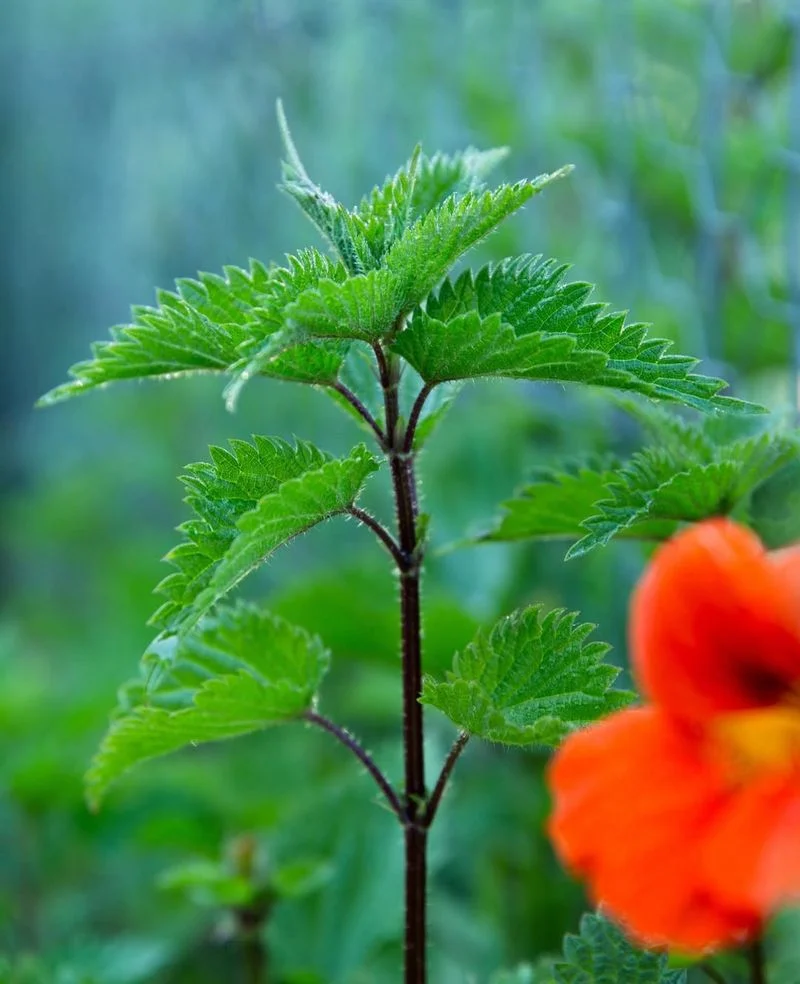
Nettle may be infamous for its sting, but beneath that prickly exterior lies a soil savior. This wild plant draws up minerals, particularly iron and magnesium, enhancing soil fertility. When nettle leaves decompose, they release these nutrients, fortifying the earth.
In addition to improving soil health, nettles invite beneficial insects, fostering a thriving ecosystem. Visualize a patch of nettles swaying gently in the breeze, their presence a boon to nearby plants. Not just a weed, nettles transform soil, leaving it richer and more robust for future growth.
Dandelion
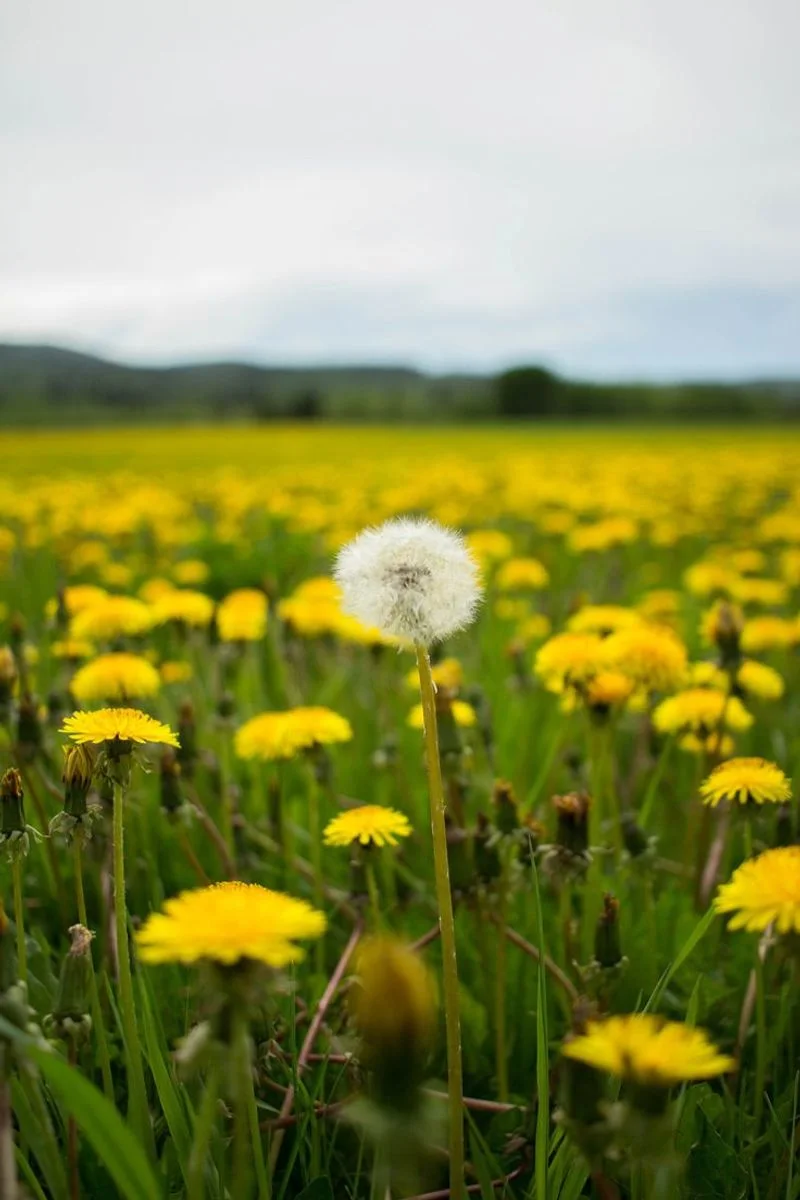
Dandelions are often unwelcome guests, but they play a crucial role in soil repair. Their deep taproots penetrate hard soil, allowing for better aeration and water infiltration. These roots also pull up calcium, making it accessible to other plants.
Picture dandelions dotting a meadow, their sunny faces a cheerful sight. Not only do they improve soil structure, but their leaves and flowers provide nutrients when composted. What seems like a simple weed is a powerful tool in soil restoration, turning compacted earth into a welcoming home for plant life.
Clover
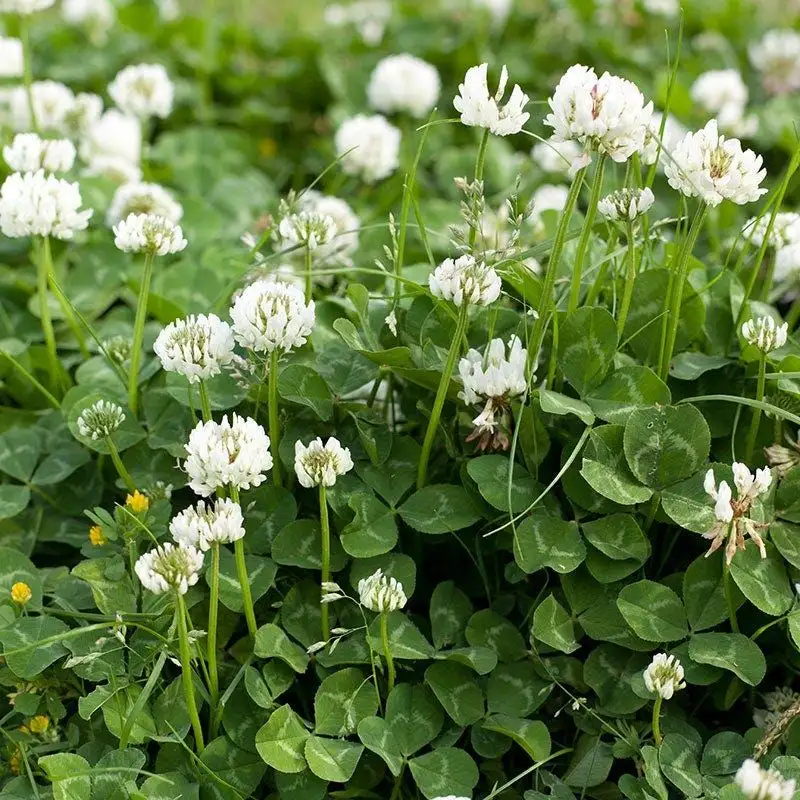
Clover is more than just a lucky charm; it’s a soil champion. This plant fixes nitrogen from the air, enriching the soil and reducing the need for chemical fertilizers. Its dense growth suppresses weeds, offering natural ground cover.
Envision a meadow carpeted with clover, each leaf a tiny factory of nutrients. Not only does clover enhance soil fertility, but it also attracts pollinators and supports biodiversity. A simple plant with complex benefits, clover turns ordinary fields into thriving ecosystems. Its presence is a boon for any garden.
Yarrow

Yarrow, with its delicate white flowers, is a gardener’s secret weapon. This plant’s deep roots improve soil structure, while its decomposed leaves add essential nutrients. Yarrow also attracts beneficial insects, creating a balanced garden ecosystem.
Imagine yarrow standing tall among wildflowers, its presence a testament to nature’s ingenuity. This plant not only repairs soil but also enhances its ability to retain moisture. Yarrow’s contributions help transform tired earth into vibrant, living soil, ready to nurture the next generation of growth.
Chicory
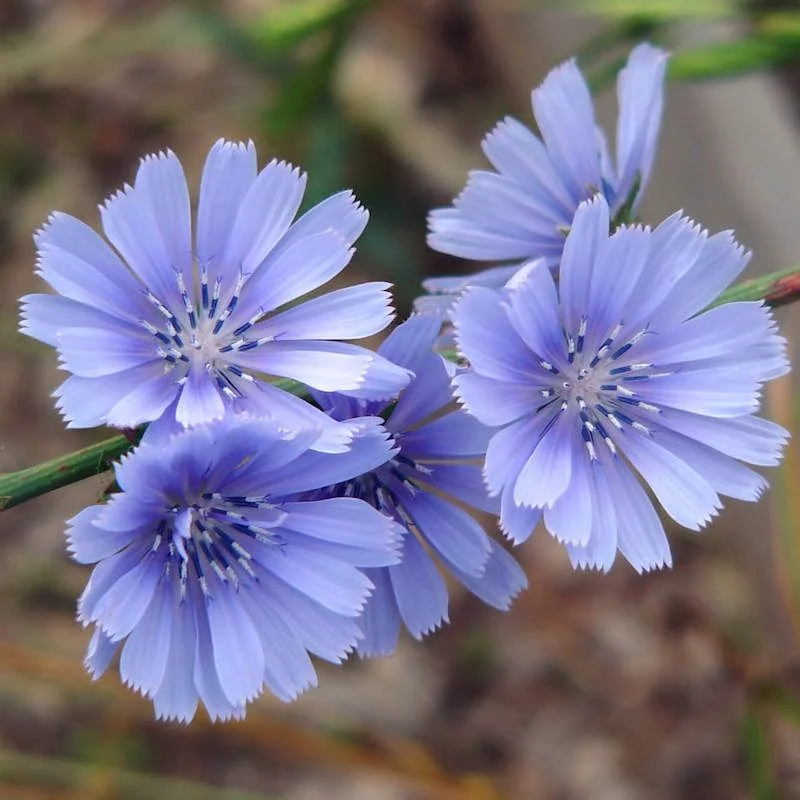
Chicory is a resilient plant known for its vibrant blue flowers and soil-enhancing abilities. Its long roots break up compacted soils, improving aeration and drainage. As chicory roots delve deep, they draw up potassium and other nutrients, benefitting surface plants when decomposed.
Visualize chicory’s vibrant blooms swaying in the wind, a natural remedy for poor soil conditions. This plant’s presence can transform barren land into fertile ground. Chicory’s contribution to soil health is as striking as its blossoms, making it an invaluable asset in any garden or wild landscape.
Lupine
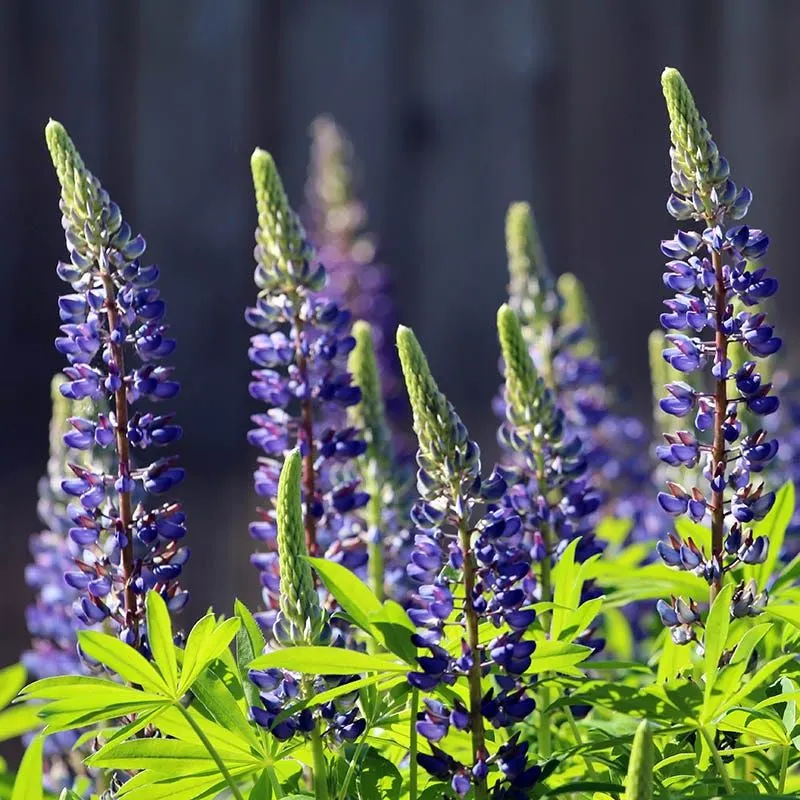
Lupine is not just admired for its beauty; it’s a powerhouse for soil restoration. This plant fixes atmospheric nitrogen, enriching poor soils and fostering plant growth. Its deep roots prevent erosion, stabilizing soil structure.
Envision a field awash with lupine’s colorful blooms, each a beacon of vitality and strength. Beyond its aesthetic appeal, lupine creates a nourishing environment for other plants. Its natural ability to improve soil fertility and prevent degradation makes lupine a cherished ally in ecological restoration efforts.
Alfalfa

Alfalfa is a champion of soil health, known for its deep-rooted system that improves soil structure. This plant draws up nitrogen and minerals, enriching the soil for future crops. Alfalfa’s dense foliage also acts as a natural weed suppressor, fostering a balanced ecosystem.
Picture a field of alfalfa swaying gently in the breeze, a testament to nature’s restorative power. Its presence guarantees a fertile ground, ready for successful planting seasons ahead. With alfalfa in the mix, soil is continually rejuvenated, ensuring long-term agricultural productivity.
Borage
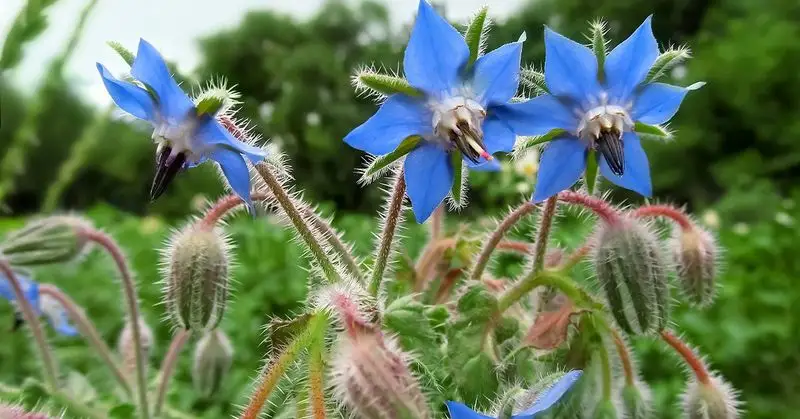
Borage, with its starry blue flowers, is more than just a pretty face. This plant improves soil by adding trace minerals and organic matter. Its rapid growth provides excellent green manure, enriching the earth as it decomposes.
Imagine borage’s vibrant blooms brightening a garden, each flower a promise of healthier soil. By attracting pollinators like bees and butterflies, borage supports biodiversity. This plant’s multifaceted benefits extend beyond aesthetics, making it an excellent choice for natural soil enhancement and a thriving ecosystem.
Buckwheat
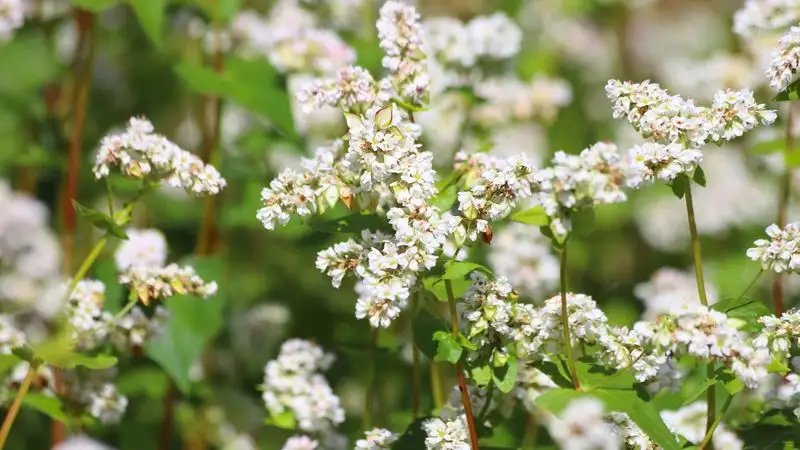
Buckwheat is a quick-growing crop known for its soil-enhancing properties. This plant’s fast growth and dense foliage suppress weeds and prevent soil erosion. When tilled back into the soil, buckwheat adds valuable organic matter and nutrients.
Picture a field of buckwheat, its white flowers swaying under the sun, a haven for pollinators. Buckwheat’s ability to rejuvenate tired soil makes it a favorite among farmers and gardeners. Its contributions to soil health and erosion prevention are vital for sustainable land management.
Sunflower
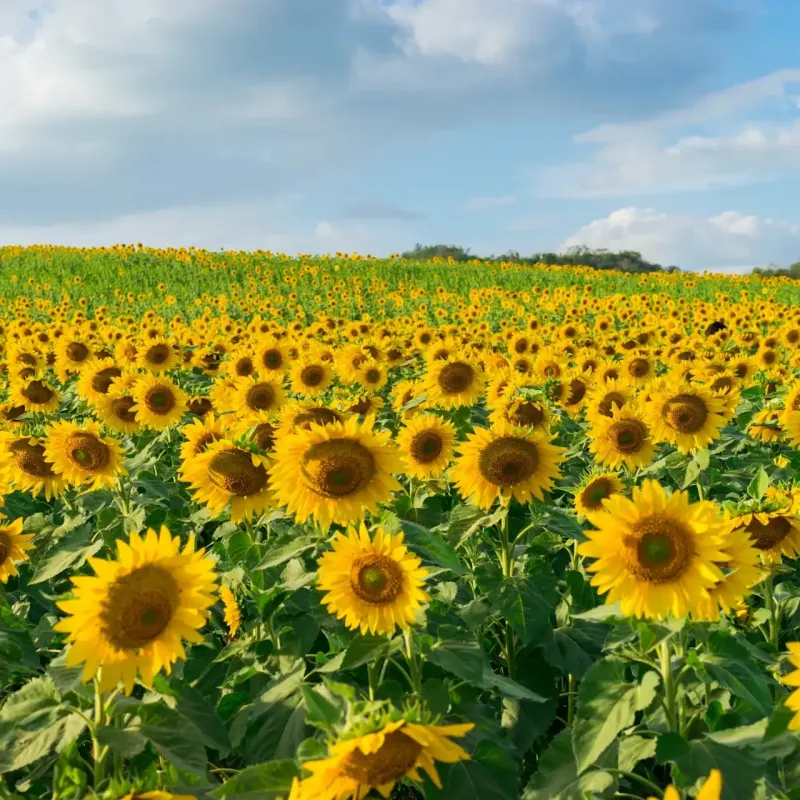
Sunflowers are bright and cheerful, but did you know they’re also soil superheroes? Their deep roots break up compacted soil, improving aeration and water penetration. Sunflowers draw heavy metals from the soil, detoxifying contaminated land.
Imagine a field of sunflowers turning their heads towards the sun, each representing hope and renewal. Beyond their beauty, sunflowers play a vital role in soil rehabilitation. By breaking up tough soils and pulling toxins, they prepare the ground for new growth. Sunflowers, therefore, symbolize transformation and healing.

